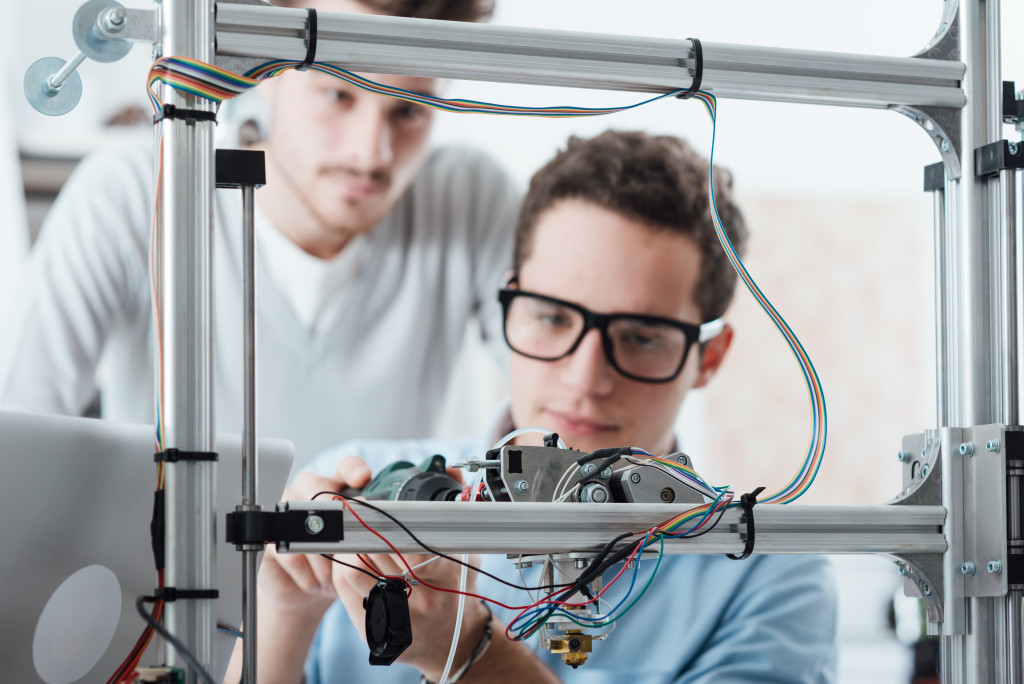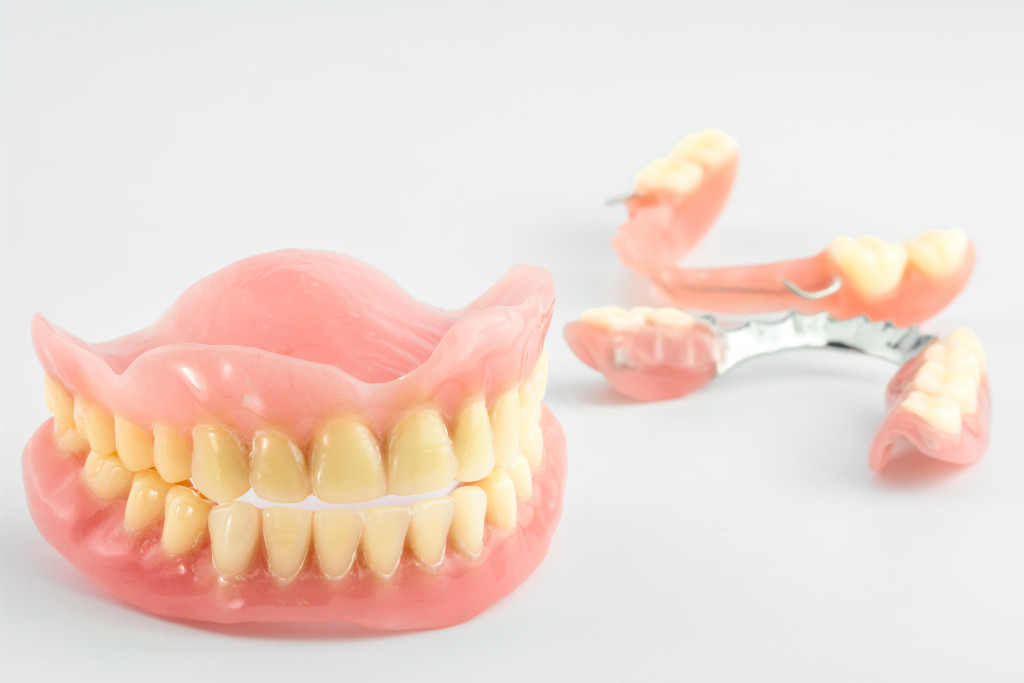Have you ever heard of 3D printing technology? It’s a revolutionary way to create objects and has been around for a while now. What makes 3D printing unique is its ability to create complex parts and products out of plastic, metal, or other materials much faster and more cost-effectively than traditional manufacturing techniques. But did you know that 3D printing can also be used in medicine? Here, you’ll learn about how this breakthrough technology is being used in different branches of medicine:
Surgery and Medical Devices
In the past few years, medical professionals have begun using 3D printing technology to create custom medical devices such as prosthetic limbs, artificial joint replacements, orthopedic implants, and organ models. This has allowed them to customize the devices for each patient’s needs.
In addition, surgeons can use 3D-printed models of organs to plan their surgeries before going into the operating room. This helps them understand precisely how they will operate on the patient’s body before they make an incision. For example, they can print a 3D model of a patient’s heart and see the areas of weakness, allowing them to plan the surgery accordingly.
Lastly, 3D-printed medical devices can also be used in training environments to help surgeons practice new techniques and improve their skills before performing them on patients. Overall, this innovative technology is helping to transform the fields of surgery and medical devices, making them more effective and efficient than ever before.
Pharmacy and Drug Delivery
3D printing technology has also produced medications in various shapes and sizes. This allows pharmacists to customize medications according to each patient’s needs—something that was impossible before with traditional manufacturing methods. In addition, 3D-printed medications can be designed to release drugs at specific times throughout the day or even throughout a person’s lifetime, depending on their health status and medication regimen.
One example is a 3D-printed pill that can be in different shapes, depending on the medication it contains. For example, if a patient takes multiple medications at once, their pill might have multiple compartments with different drugs inside them. This allows pharmacists to quickly and precisely dose patients without relying on traditional, pre-made medications.
Medical Imaging and Diagnostics
3D printing technology can also be used for medical imaging, such as CT and MRI scans. By creating a three-dimensional model of an organ or body part from these scans, doctors can more accurately diagnose patients with conditions like cancer or heart disease by understanding what is wrong and why it is happening.
This can help them develop more effective treatment plans for their patients that target the cause instead of just treating symptoms. For example, surgeons can create 3D-printed models of a patient’s heart and see where blockages are located, allowing them to plan the surgery accordingly.
Biomaterials and Tissue Engineering
Another fascinating way that 3D printing is being used in medicine is for tissue engineering and biomaterials research. Scientists are using this technology to print living cells into intricate structures such as blood vessels and organ tissues, which could someday be implanted into patients suffering from diseases or injuries requiring new organs or tissues—a process known as regenerative medicine.
In addition, 3D printing technology has been used to create synthetic bone and cartilage materials that can be implanted into a patient’s body in place of damaged or missing tissue. This helps promote natural healing processes using the patient’s own cells and could one day help millions of people who are in need of these parts due to injuries or chronic illnesses like arthritis.
Orthodontics and Prosthetics
One final area of medicine that has begun to benefit from 3D printing technology is orthodontics and prosthetics. By designing new custom braces and artificial limbs, this technology is revolutionizing how patients with these conditions are treated.
Additionally, by 3D printing dental models, dentists can quickly deliver custom orthodontic appliances that are far more precise than anything that can be mass-produced. This helps to ensure a comfortable fit and optimal results for patients, which in turn reduces the need for follow-up adjustments and visits. So next time you visit your dentist, know that they might be using 3D printing tech in orthodontics in ways that improve your oral health and quality of life.
Overall, it’s clear that 3D printing is having a profound impact on many areas of medicine, helping patients get better care while simultaneously reducing costs for healthcare providers and insurance companies. Whether you’re a doctor, patient, or researcher in this field, it’s clear that there are many exciting opportunities to explore as this technology continues to advance and become more widely used. From surgery and medical devices to orthodontics and prosthetics, the possibilities are endless when it comes to 3D printing in medicine!

